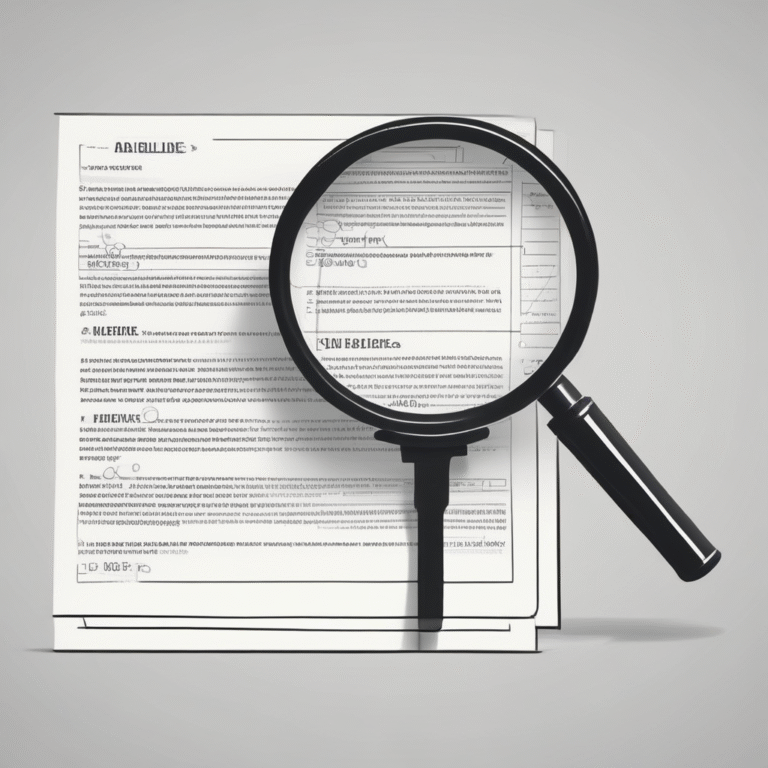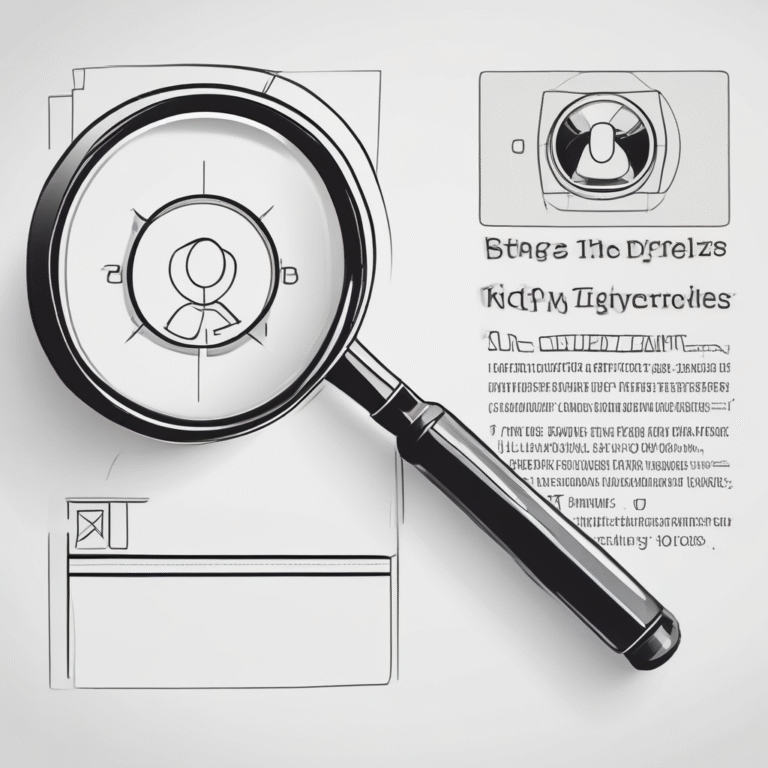Introduction to the EU AI Act
The rapid advancement of artificial intelligence (AI) has sparked a global debate, with some voices advocating to ban artificial intelligence to mitigate its potential risks. Central to this discussion is the European Union’s AI Act, a transformative regulatory framework formally adopted in August 2024. This Act aims to govern AI systems across the EU, ensuring responsible use while promoting innovation. Understanding the EU AI Act is crucial for businesses operating in the region, as non-compliance can lead to severe penalties.
Overview of the EU AI Act and Its Objectives
The EU AI Act sets out to establish a comprehensive legal foundation for AI technologies, balancing the need for technological advancement with ethical considerations. Its primary objectives include fostering trust in AI, protecting fundamental rights, and ensuring that AI systems are safe and transparent. By doing so, the EU aims to position itself as a leader in ethical AI governance, influencing global standards.
Importance of Compliance for Businesses
Compliance with the EU AI Act is not merely a legal obligation but a strategic imperative for companies operating within the European Union. The Act’s stringent regulations necessitate that businesses implement robust AI governance frameworks, conduct thorough risk assessments, and ensure transparency in AI decision-making processes. Failure to comply can result in significant financial penalties, damage to reputation, and loss of market access.
Penalties for Non-Compliance
The EU AI Act introduces a tiered penalty structure for non-compliance, reflecting the seriousness of violations. Understanding these penalties is vital for businesses to navigate the regulatory landscape effectively.
Detailed Explanation of the Penalty Structure
- Prohibited AI Practices: Engaging in prohibited AI activities, such as deploying subliminal techniques or manipulative AI, can incur fines of up to EUR 35 million or 7% of worldwide annual turnover, whichever is higher.
- General Obligations: Non-compliance with general obligations may lead to fines of up to EUR 15 million or 3% of worldwide annual turnover.
- Incorrect Information: Providing incorrect, incomplete, or misleading information can result in fines of up to EUR 7.5 million or 1% of worldwide annual turnover.
Examples of Prohibited AI Practices
Prohibited practices under the EU AI Act include AI systems that manipulate human behavior to the detriment of individuals or those that exploit vulnerabilities of specific groups. These practices are deemed harmful and unethical, warranting the harshest penalties to deter their usage.
Operational Compliance
Achieving compliance with the EU AI Act requires a strategic approach, focusing on risk management and adherence to regulatory requirements. Businesses must adopt a proactive stance in ensuring their AI systems align with the Act’s stipulations.
Risk-Based Approach
The EU AI Act categorizes AI systems based on their risk levels, ranging from minimal to high-risk applications. High-risk systems, such as biometric identification or employment evaluation tools, face stricter scrutiny due to their potential impact on fundamental rights and safety.
Compliance Steps
To ensure compliance, businesses should:
- Conduct Risk Assessments: Regular evaluations to identify potential risks associated with AI systems.
- Ensure Transparency: Implement mechanisms to explain AI decision-making processes clearly.
- Implement Data Protection Measures: Safeguard personal data in compliance with data protection regulations.
Real-World Examples and Case Studies
Several companies have successfully navigated similar regulatory challenges, offering valuable insights into effective compliance strategies. By learning from these examples, businesses can better prepare for the EU AI Act’s requirements.
Analysis of Companies Facing Regulatory Challenges
Companies across various industries have faced challenges in adapting to stringent AI regulations. Those that succeeded in compliance often did so by investing in comprehensive governance frameworks and fostering a culture of accountability.
Success Stories of Compliance
Organizations that have achieved compliance with the EU AI Act serve as models for others. These success stories highlight the importance of investing in AI governance platforms, engaging with legal experts, and maintaining an ongoing commitment to ethical AI practices.
Actionable Insights
For businesses seeking to navigate the complexities of the EU AI Act, adopting best practices and leveraging technological solutions can streamline compliance efforts.
Best Practices for Compliance
- Regular Audits and Assessments: Conducting frequent evaluations to ensure adherence to the Act’s requirements.
- Training for AI Developers: Educating developers on compliance standards and ethical considerations.
- Establishing a Compliance Team: Forming dedicated teams to oversee AI governance and regulatory adherence.
Tools and Platforms for Compliance
Leveraging AI governance platforms and compliance software can aid in tracking, reporting, and managing risks associated with AI systems. These tools provide a structured approach to maintaining regulatory compliance and mitigating potential violations.
Challenges & Solutions
Navigating the EU AI Act presents several challenges for businesses, but strategic solutions can help overcome these obstacles and facilitate compliance.
Challenges
- Complexity of the EU AI Act: Understanding the intricacies of the Act requires significant effort and expertise.
- Balancing Innovation with Compliance: Companies must innovate while ensuring their AI systems adhere to regulatory standards.
Solutions
- Engaging with Legal and Compliance Experts: Collaborating with experts to interpret the Act and implement effective compliance strategies.
- Investing in AI Governance Tools: Utilizing platforms designed to manage compliance and track regulatory changes.
- Developing a Culture of Compliance: Fostering an organizational commitment to ethical AI practices and regulatory adherence.
Latest Trends & Future Outlook
The EU AI Act is poised to shape the future of AI regulation globally, influencing how other regions approach governance and compliance.
Recent Developments
Recent updates on the EU AI Act’s implementation timeline and industry response highlight the evolving nature of AI regulation. As enforcement begins, companies are preparing by investing in compliance strategies and adapting to new requirements.
Upcoming Trends
- Increased Focus on AI Ethics and Transparency: The global emphasis on ethical AI practices is likely to grow, with transparency becoming a key component of regulatory compliance.
- Potential for Similar Regulations in Other Regions: The EU AI Act may serve as a blueprint for other regions seeking to establish their own AI governance frameworks.
- The Role of AI in Enhancing Compliance: AI itself could aid in ensuring compliance by automating risk assessments and monitoring regulatory adherence.
Conclusion
As the debate on whether to ban artificial intelligence continues, the EU AI Act represents a pivotal step towards responsible AI governance. By understanding and complying with this comprehensive regulatory framework, businesses can not only avoid severe penalties but also contribute to the ethical development of AI technologies. The Act’s influence extends beyond Europe, setting a global standard for AI regulation that balances innovation with accountability and transparency.










